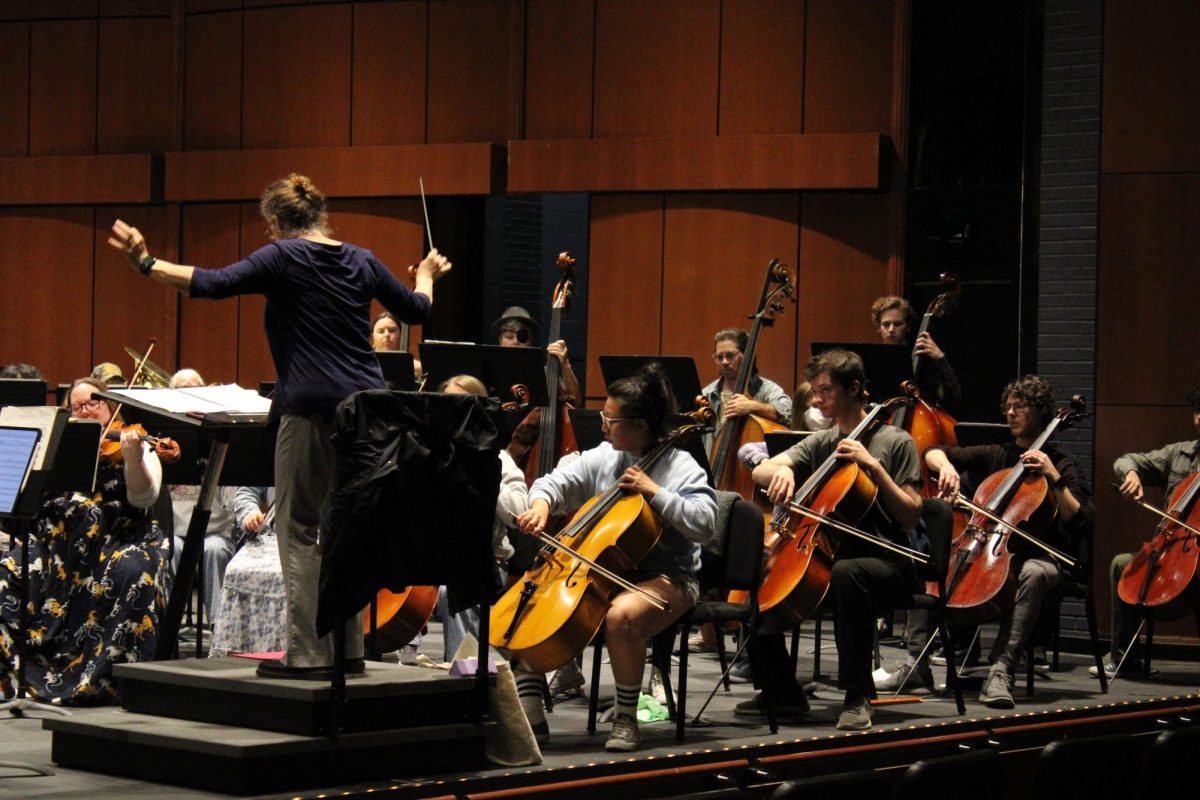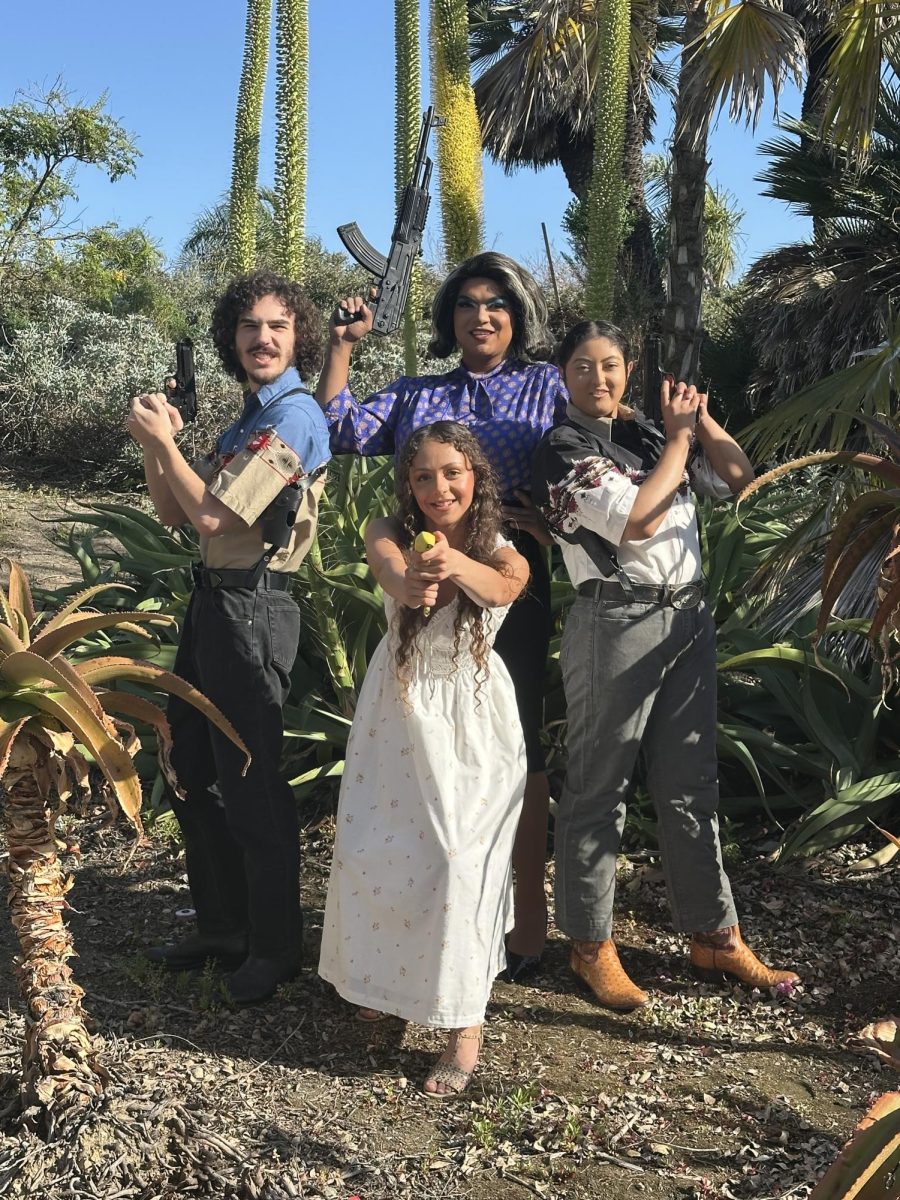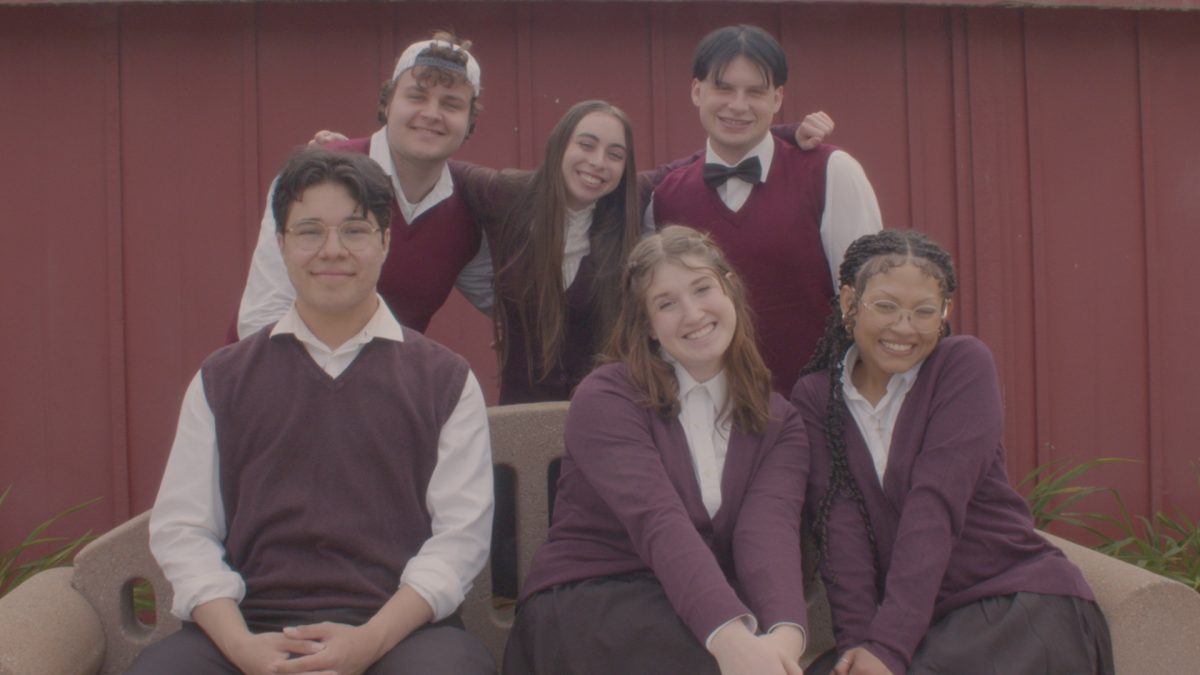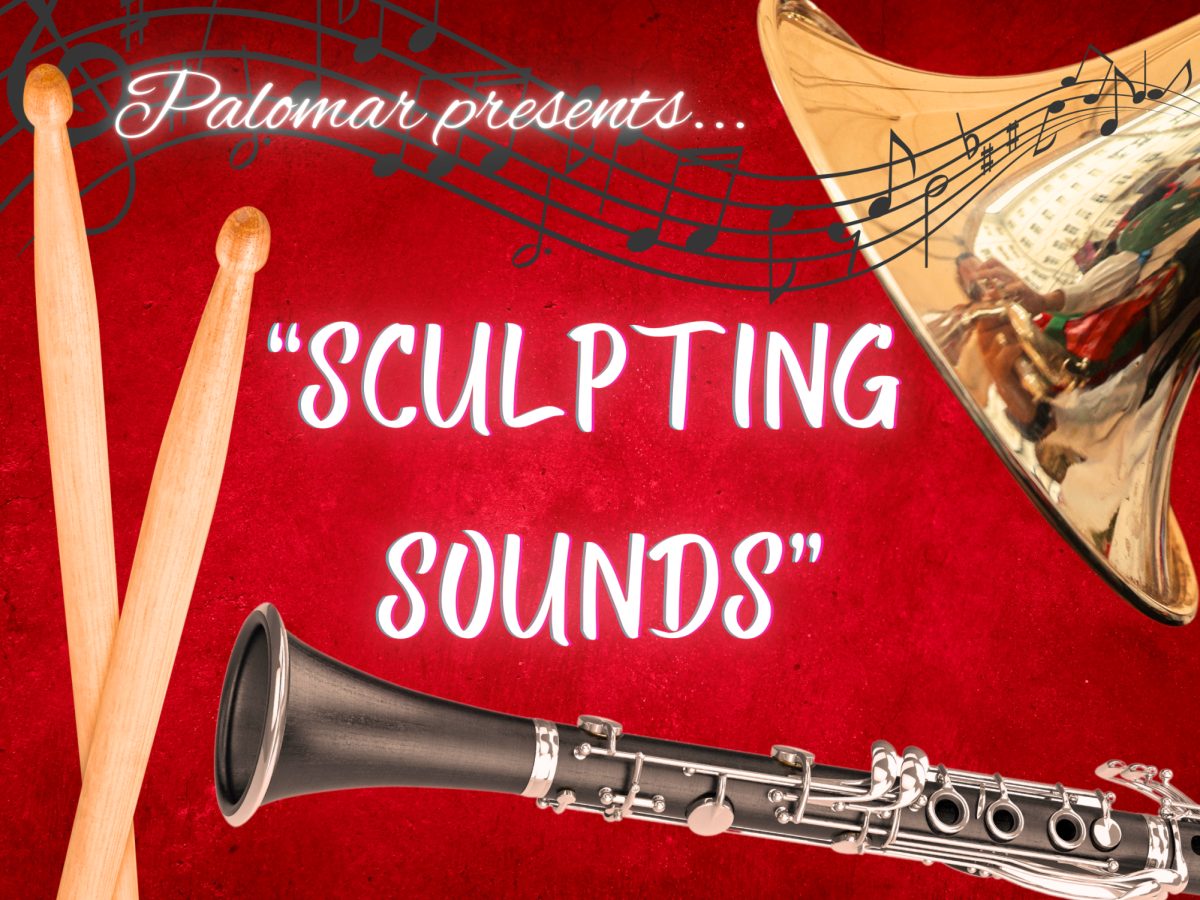At one end of the blowpipe is molten glass and at the other end stands a Palomar student, about to use the blowpipe to blow the glass into an interesting piece of art. Welcome to Palomar’s glass blowing class.
After spending hours and hours watching artists glass blowing on a cruise, John Hyatt, 48, said he was determined to learn more. Palomar has a well-known glass blowing program and this prompted Hyatt to take the time to learn more about this longtime fascination at Palomar.
Hyatt’s favorite part is the final product because you are “Taking it from a glob of nothing and making something cool out of it.”
Shawn Vanderploege, a teacher’s assistant at Palomar, started crafting in ceramics but said she was instantly intrigued by the glass blowing activities that she walked passed everyday.
“The piece I plan is rarely the piece I get,” confessed Vanderploege. “It is kind of fun just to see how it turns out, and I love mixing the colors.”
The Process
The clear glass first enters the furnace to become pliable for shaping. After the glass is melted, the glass blower reaches into the crucible, a section of the furnace. With the use of a steel blow pipe, the students learn how to collect the melted glass.
On the marver, a steel table, the artist manipulates the glass into a cylindrical shape. The glass is then reheated in the so-called glory hole, while keeping it constantly in motion.
Things to Learn in the Glass Blowing Class
-
In Glass 1, you also learn basic techniques like making orbs and various small shapes. Cold working is another skill set learned where you refine your final product after it has completely cooled off.
-
In Glass 2, you create more cylindrical shapes, such as cups. Also, the students get to
-
personalize their works by adding colors.
- Glass 3 is a more advanced class because the students now have a year’s worth of skills. Production becomes a prominent concept in this class. Students learn how to take this hobby and obtain the knowledge to produce and sell their works.





















